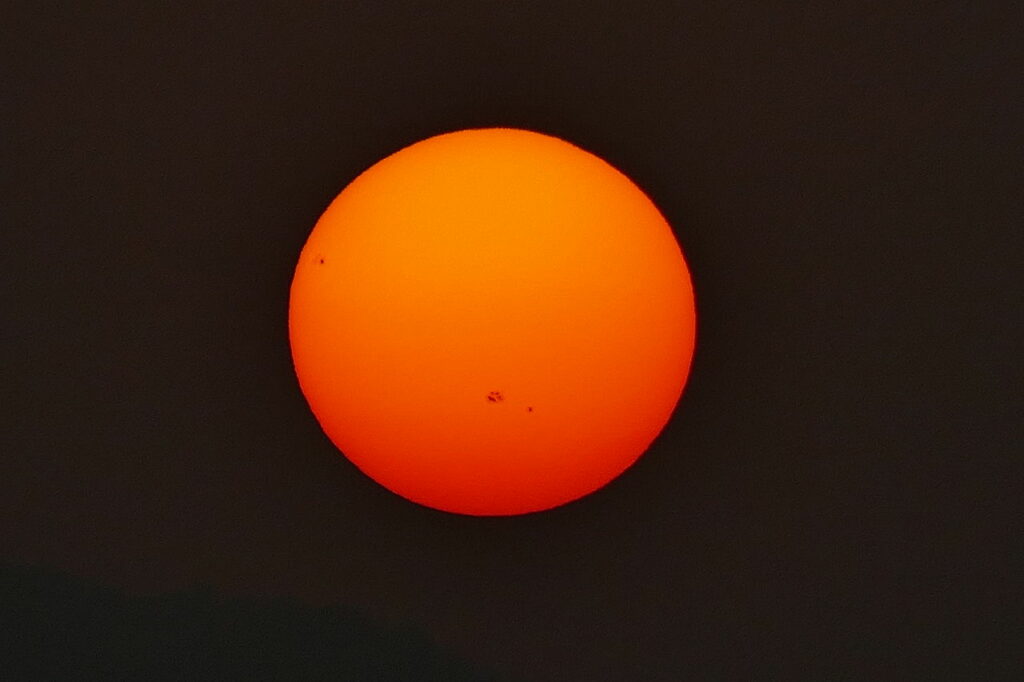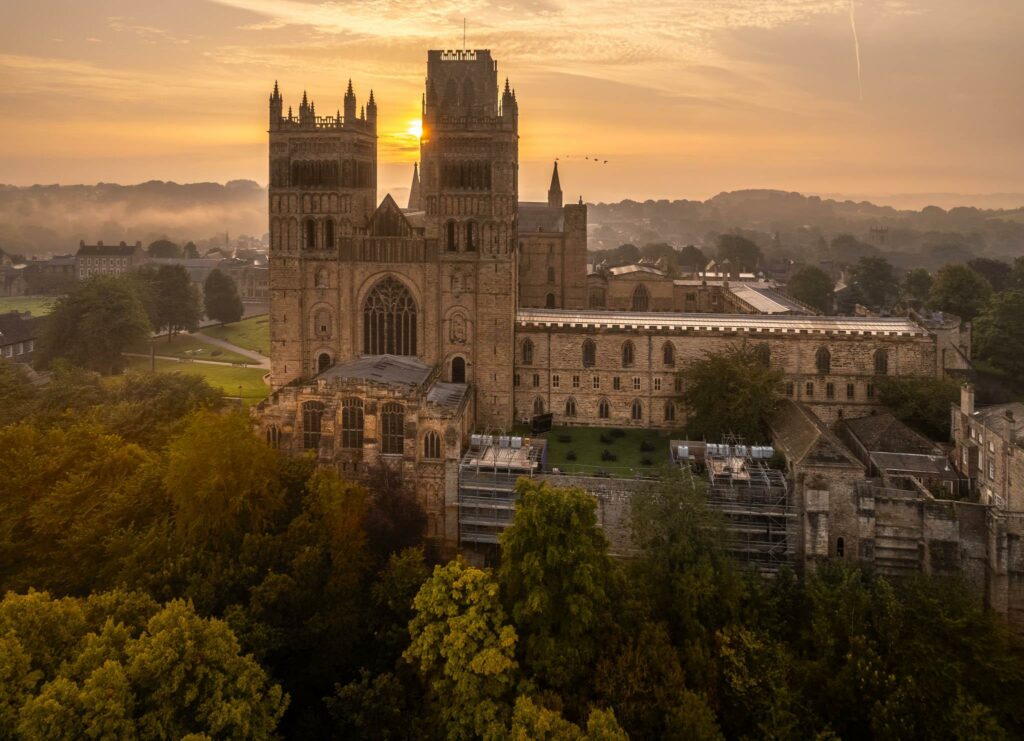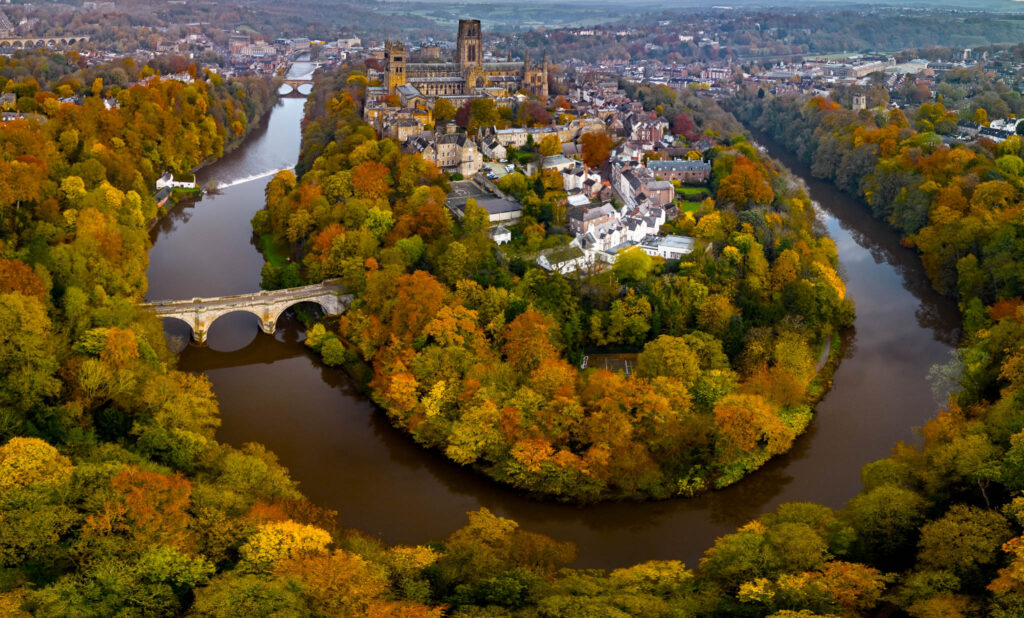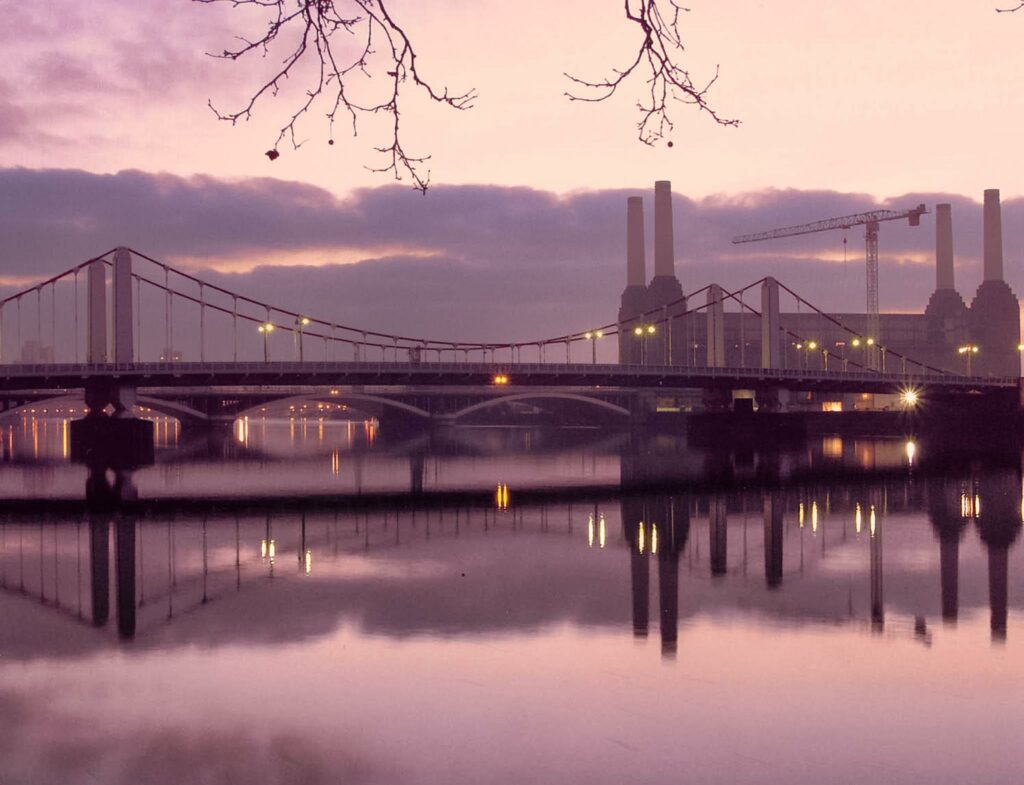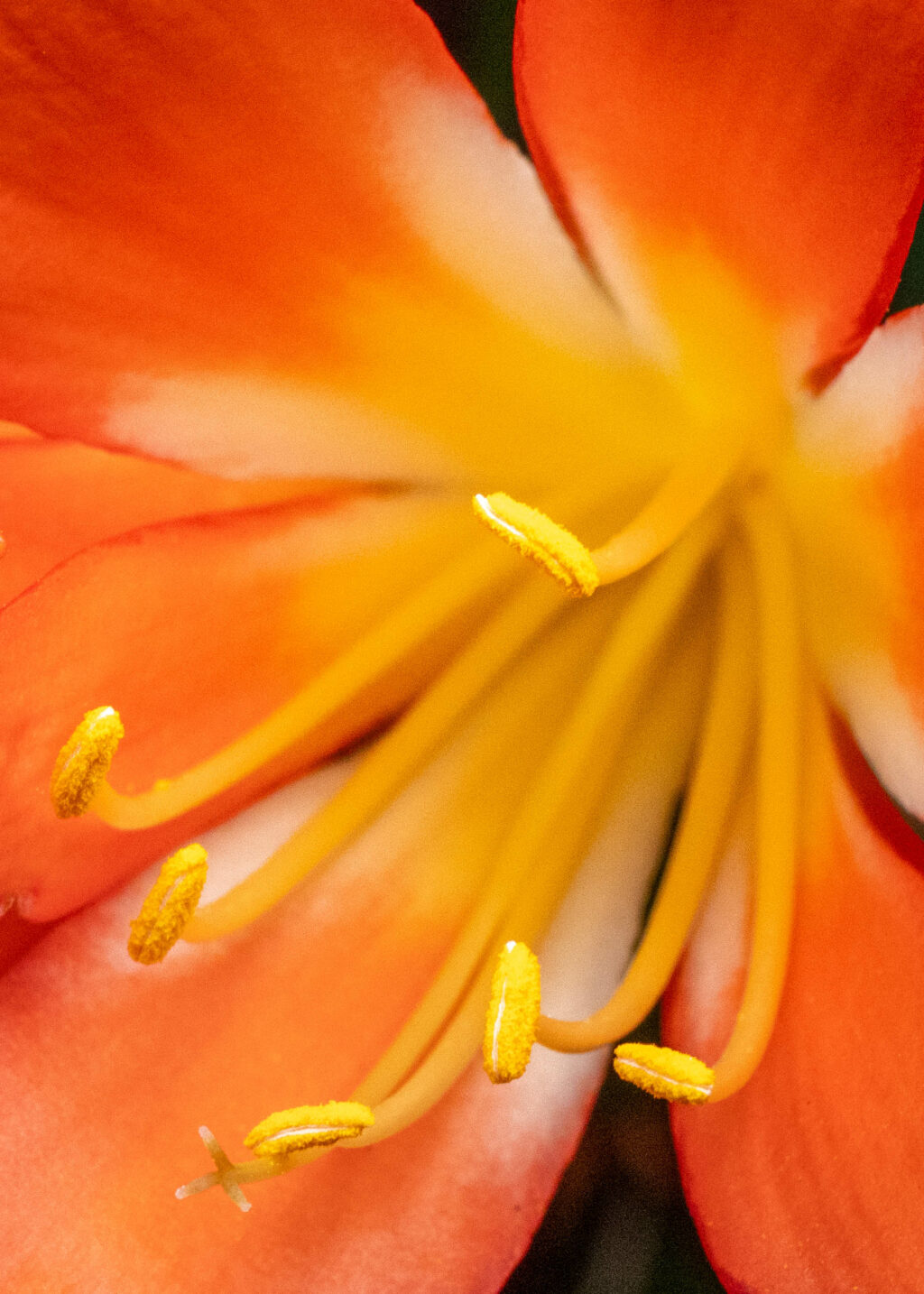Filters for cameras are optical glass filters that are mostly placed or attached to the front of the lens, and they come in different types for various purposes. You could use filters to slow down the shutter, change the way light falls on the sensor, cut down specific wavelengths, or even add/enhance colors and other interesting effects with the help of a filter.
Filters come in various shapes and sizes depending on the filter size of the lens and whether it is to be used as a screw-on filter or a sliding filter. You will need to select the one that suits your lens and purpose.
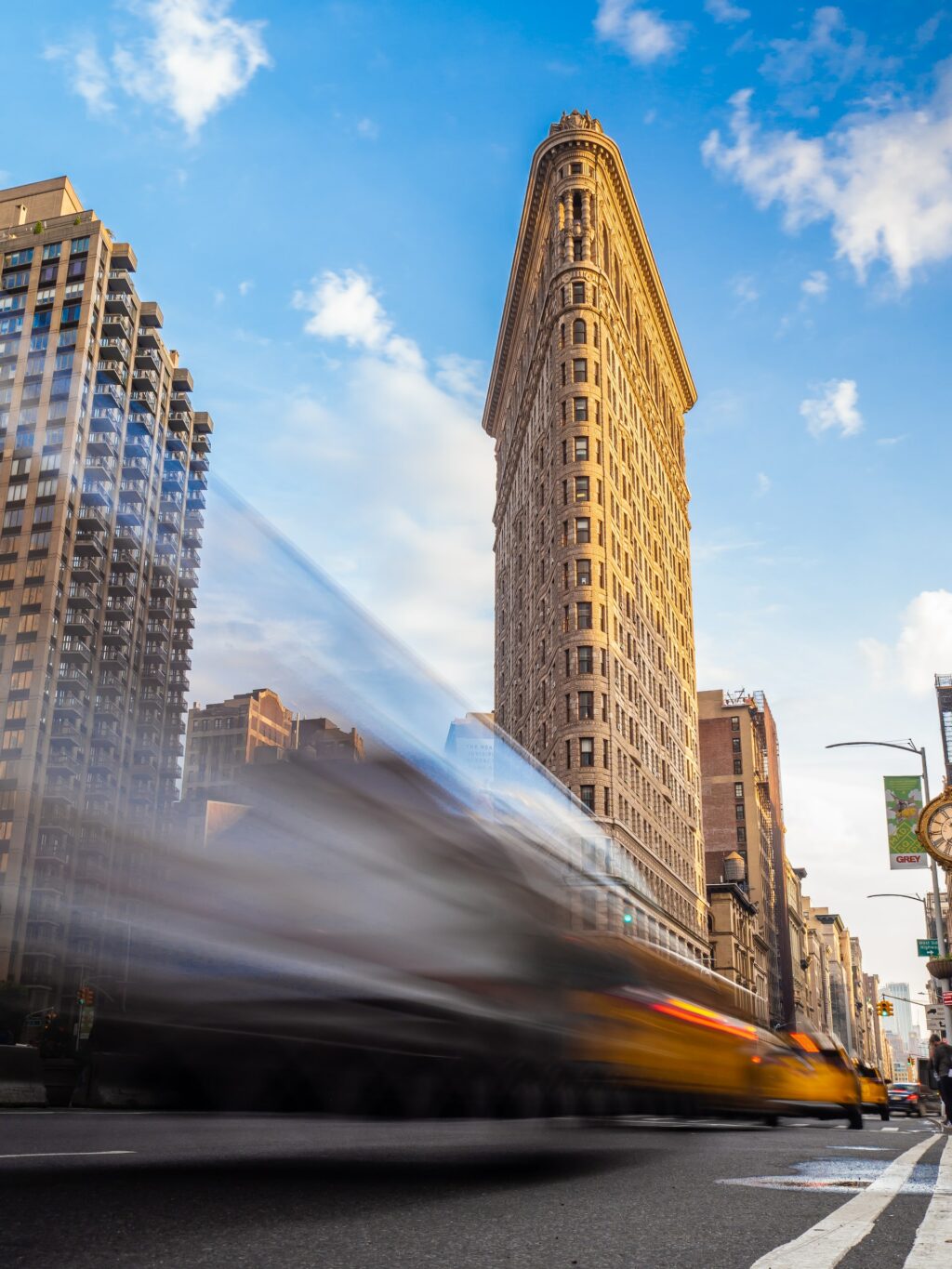
Here are 8 exciting guides on filters that will help you to enhance your photography:
1. ND Filters – In-Depth Guide For Beginners
ND or Neutral Density filters control the amount of light entering the lens in a natural way without altering the color of light, as long as you use good optical ND filters. You may want to block light for many reasons in your photography, and these filters come in handy for those scenarios. Besides, there are also ND Grad filters that help to balance out exposure in a scene, especially landscapes. This in-depth guide from The School Of Photography talks about ND and ND Grad filters, their different strengths, and when to use them.
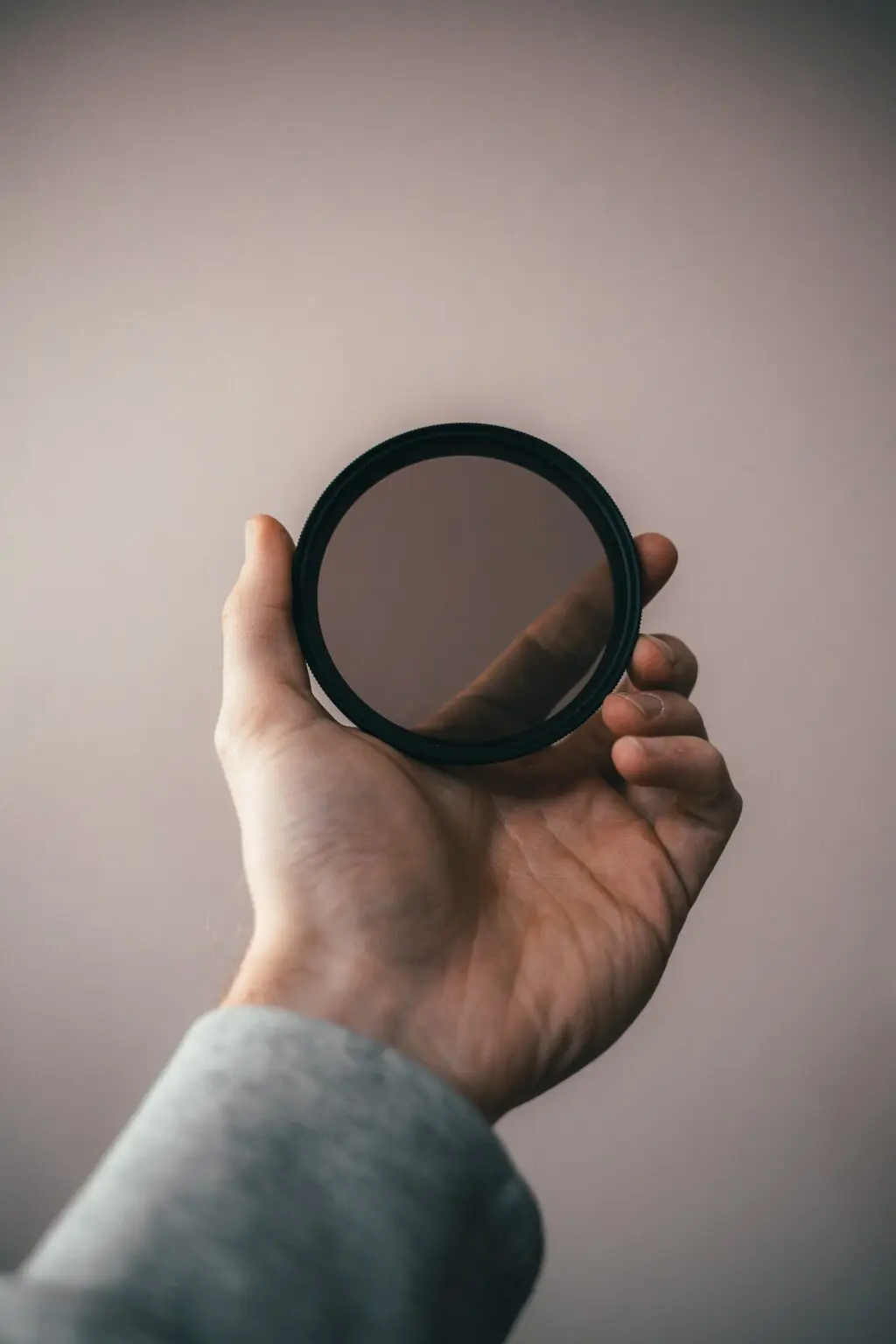
2. Camera Polarizer Lens Filter: The Complete Guide
A polarising filter is the one next to a neutral density filter that photographers more often use because it helps to eliminate unwanted reflections, capture saturated or vivid colors and even remove some haze in images. Although it can cut down some light, the results can be pretty impressive when shot with a polarising filter used the right way. This guide from Hue Bliss will help you understand what a polarising filter is, how it works, the types of polarising filters, and some reasons to own them.
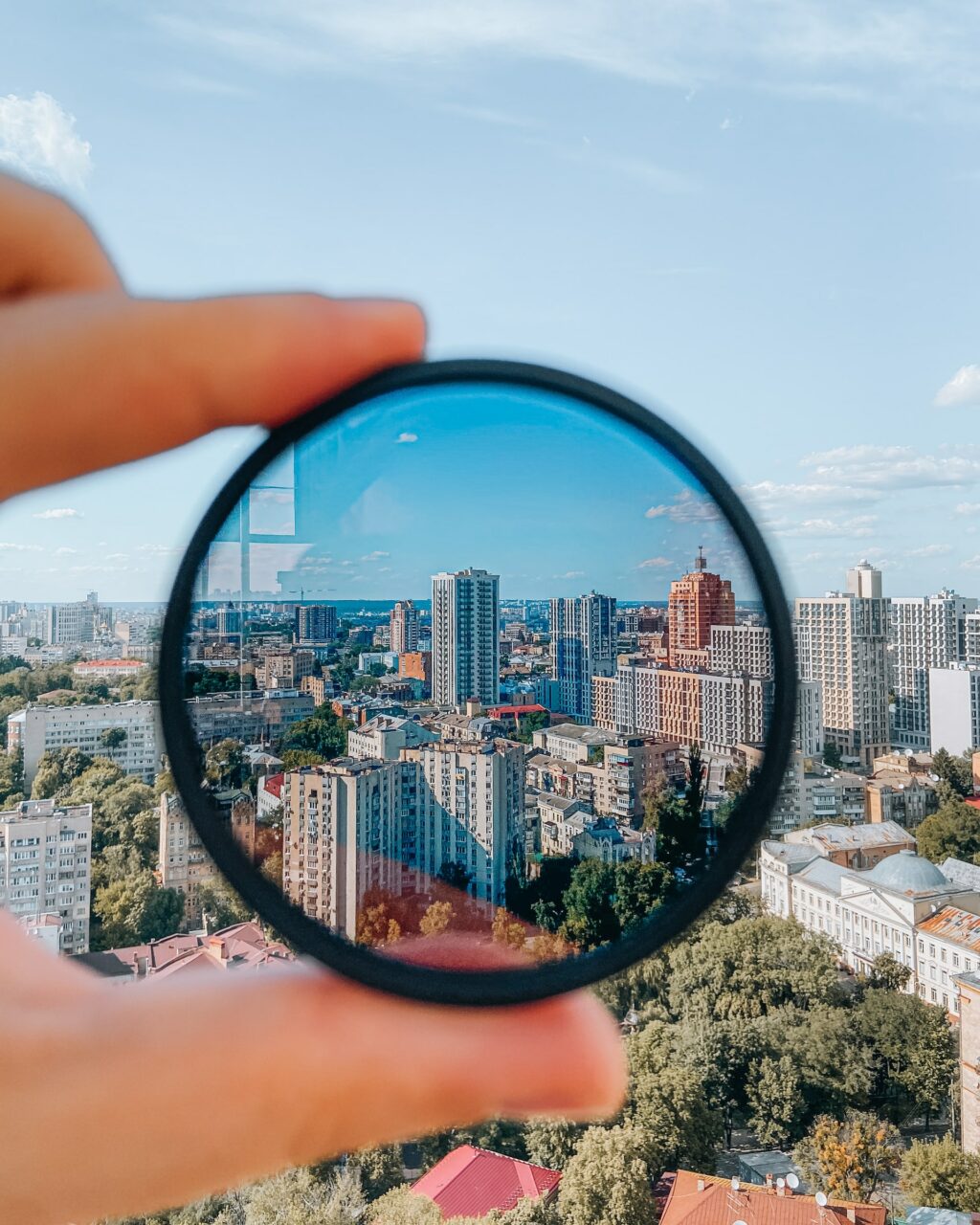
3. Using Colored Filters In Black And White Photography
Colored filters are more commonly used in black-and-white photography, and they help to bring out the tonal range and add contrast to a black-and-white image. Color filters control the way colors are converted to black and white and hence help to bring a separation between colors when converting them to black and white. This helpful guide from Photography Mad will help you to understand the basics of colored filters, how to use them, and how each colored filter works.
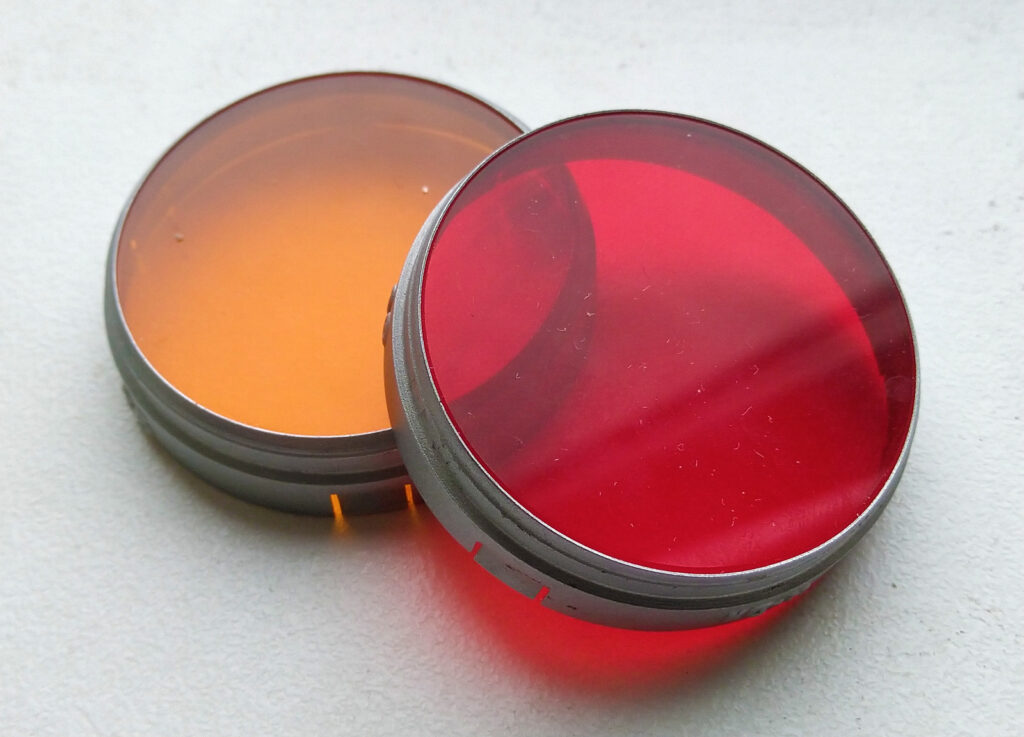
4. Everything You Need To Know About Infrared Photography
Infrared photography involves having an infrared on-lens filter or an in-camera filter attached to the camera. Rather than capturing the spectrum in the visible region, an infrared filter helps to capture infrared wavelengths of light and shows a scene to the viewer using a different spectrum. Infrared photography produces surreal results, and this guide from Kolari Vision explains everything involved in infrared photography, right from the basics of infrared photography, choosing an infrared filter, choosing a camera, IR photography problems, and other infrared photography-related topics.
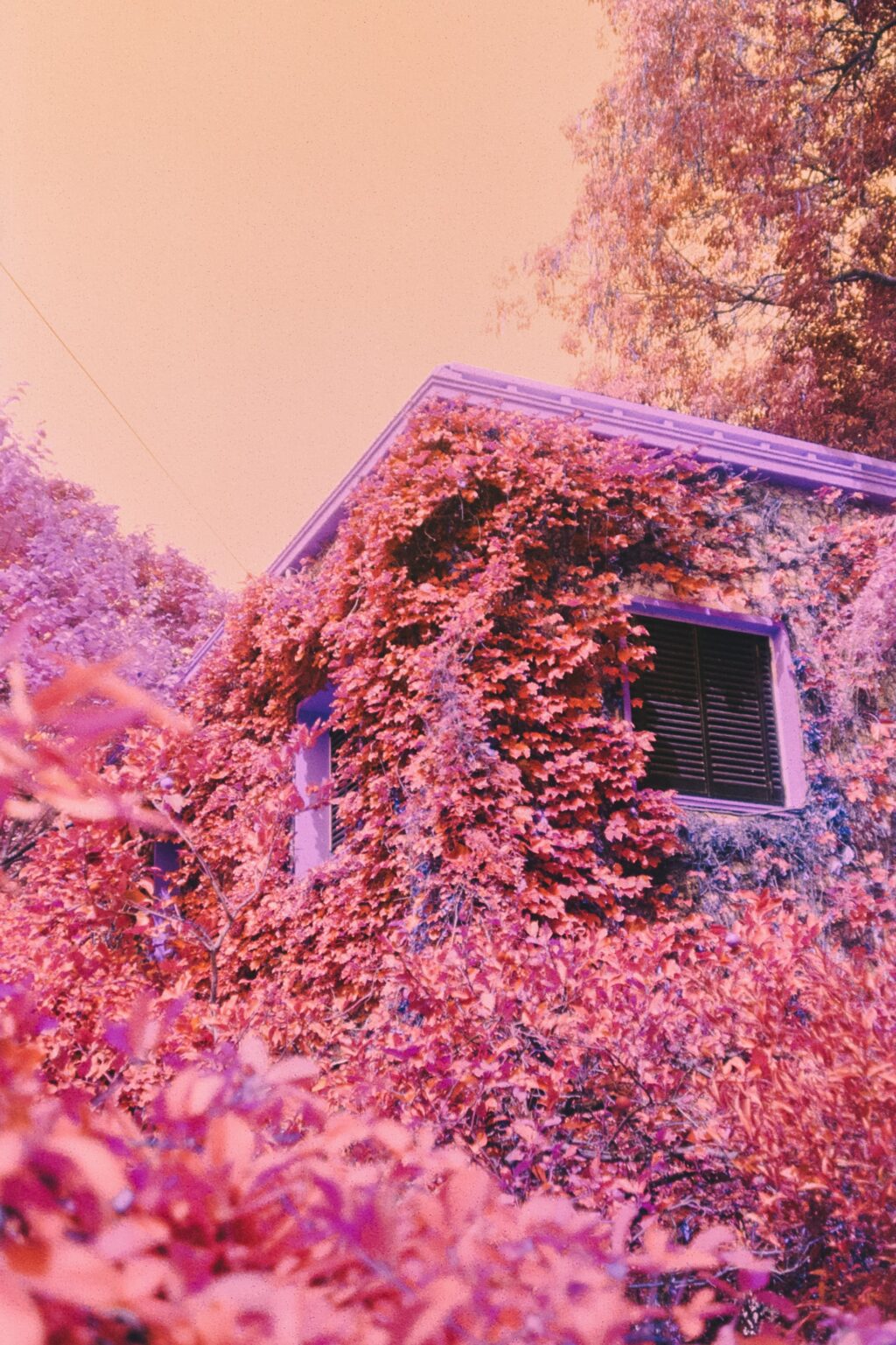
5. Ultimate Guide To UV Protection Lens Filter: From Definition To Recommendations
A UV filter cuts down UV light that may sometimes introduce haze in the resulting images. Some photographers use a UV filter on their lens to protect the front element of the lens, and having one on can sometimes degrade image quality. This guide from Kate Backdrop discusses why you may need a UV filter and how to use it correctly for the best results.
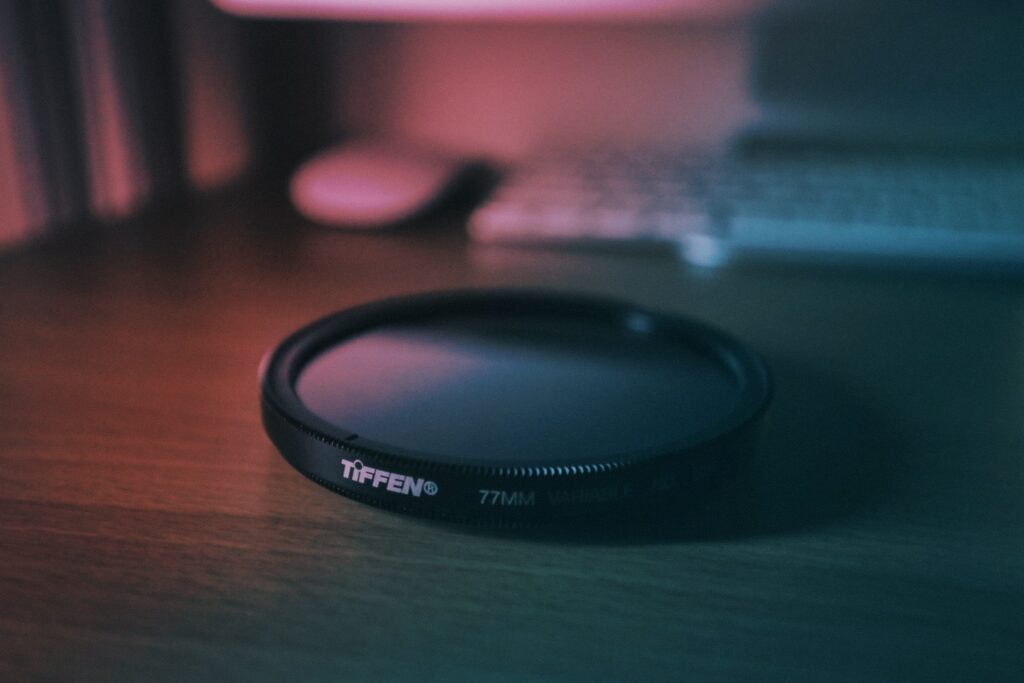
6. How To Use A Macro Lens Filter: The Ultimate Guide
Sometimes you may not have the budget to invest in a macro lens when you wish to try your hands on macro photography. Although the resulting image quality may not be as excellent as a macro lens, it can be a great way to get macro images without spending too much money. This guide from Digicam Lens explains what a macro lens filter is, how to use it, its benefits, limitations, and how to buy the right macro filter.
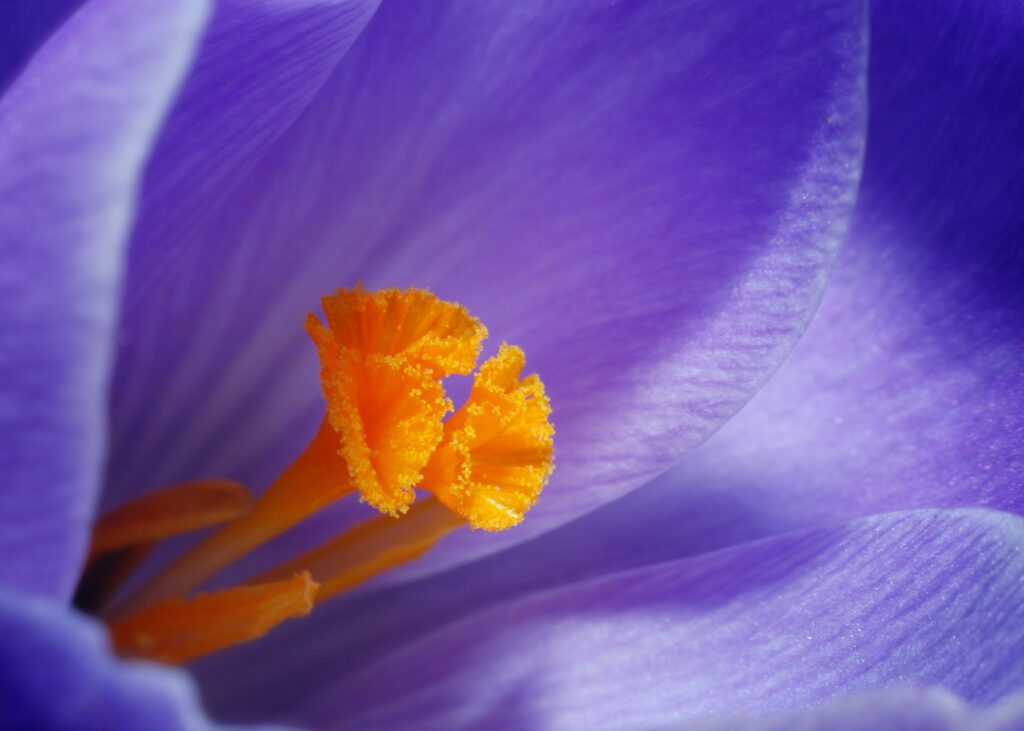
7. Guide To Light Pollution Filters
Light pollution can be very frustrating for photographers, especially when they want to photograph something in the night sky. If you are someone who often photographs the night sky from a light-polluted area, it may be wise to invest in a good night filter or a light pollution filter. This guide from Astronomer Guide talks about what causes light pollution, physical vs. digital light pollution filters, how these filters work, types of light pollution filters, and how to choose the right filter for your camera.
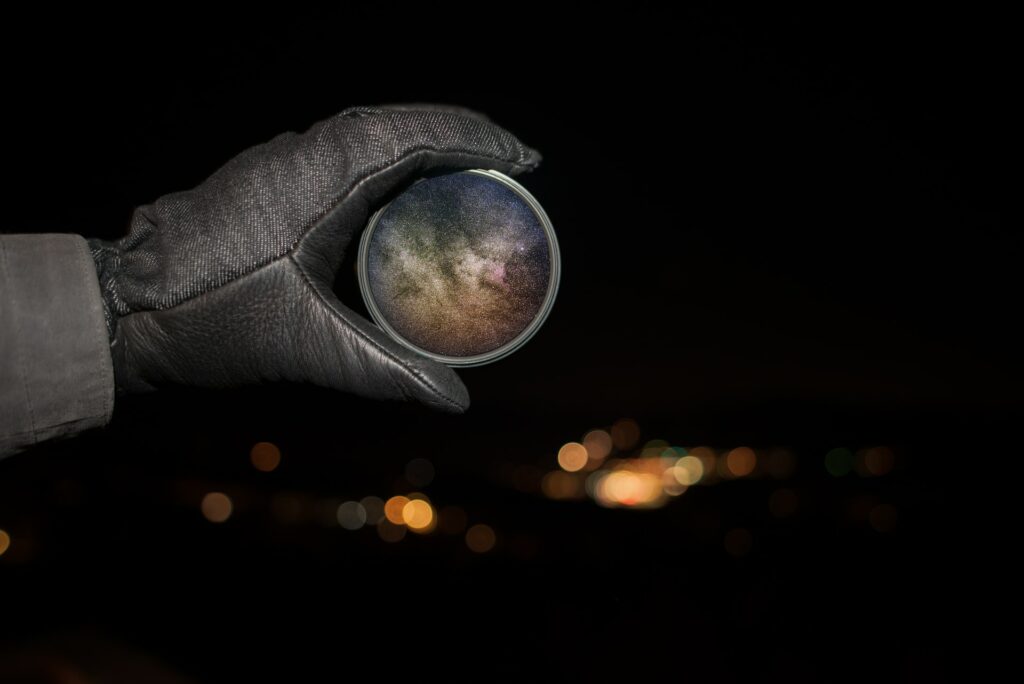
8. Solar Filters For Observing The Sun
Whether you wish to observe the sun or observe and photograph various solar events like eclipses, sunspots, transits, etc., solar filters can help you view the sun without causing damage to your eyes and the camera, as solar rays can be very harmful if viewed or photographed without the help of filters. This guide from Astronomy.com talks about the different kinds of solar filters and their uses.
